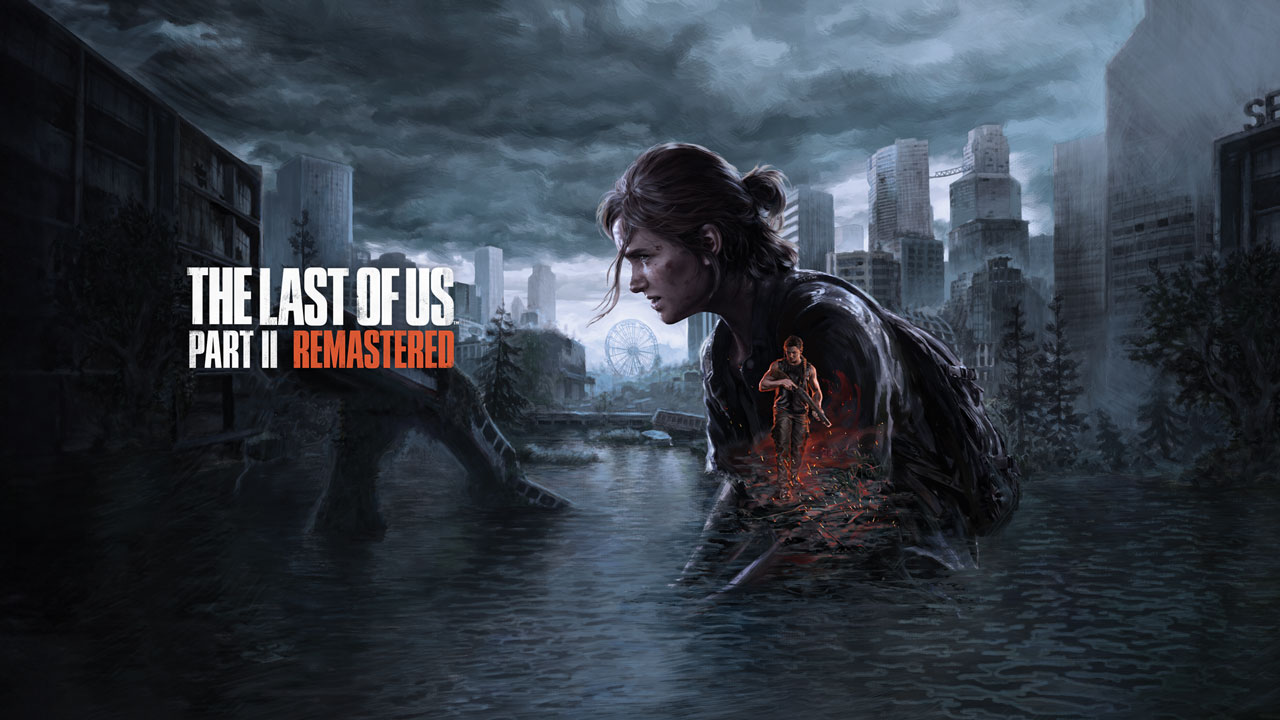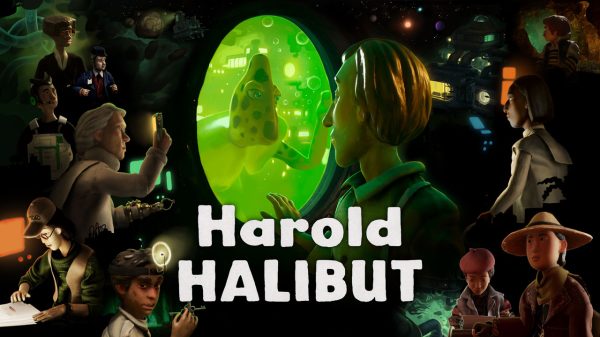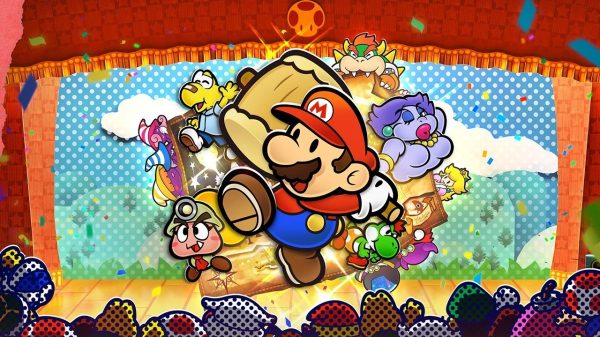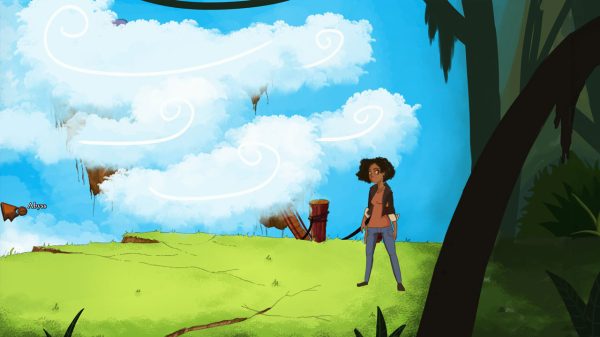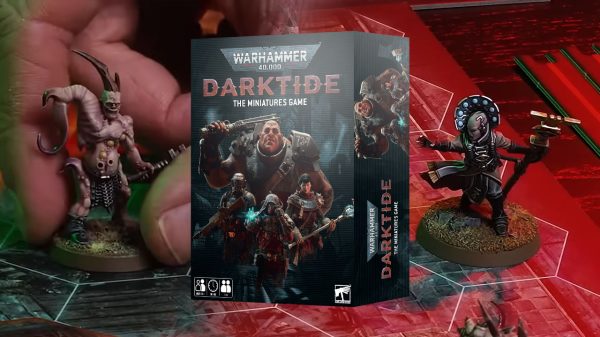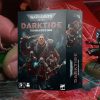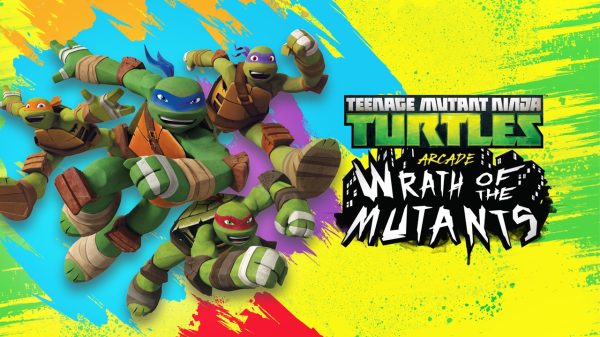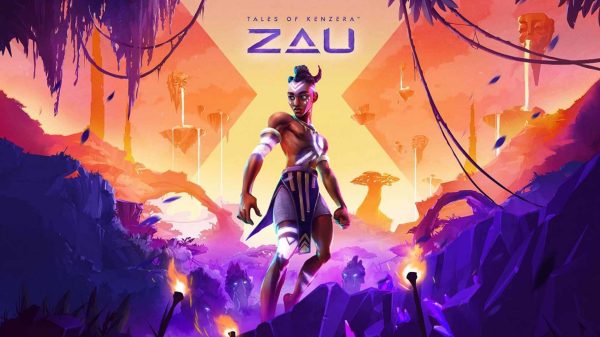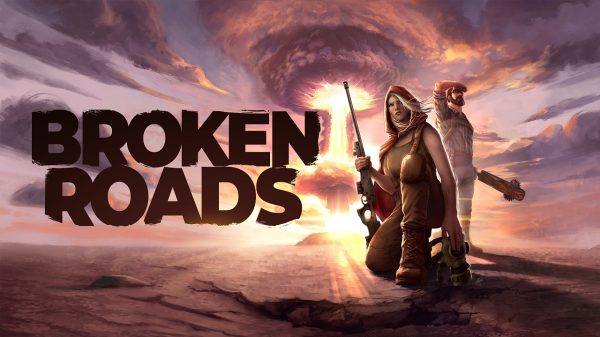Minor spoiler warning for The Last of Us Part II
For a game sold and lauded as an impactful rumination on the nature of violence, the most egregious act of it that The Last of Us Part II Remastered commits is onto itself. A repackaged (at varying prices depending on if you own the original or not) version of the highly contentious Naughty Dog title The Last of Us Part II, this remastered edition is a strange product and clumsy blow to the artistic integrity of its 2020 counterpart and PlayStation’s self-identified individuality in the modern games market. If the only marker for success is a polished presentation and solid mechanical systems, the remaster clears it in a way not all that surprising given the pedigree of its studio and publisher. But for a game that demanded it be taken as a serious work at the time of release, and a series that has become forever entangled in the games as art debate, this remaster becomes a wholly different beast.
In terms of additional and new content, the remaster extrapolates the tense action gameplay of the main game and breaks its bones over a shiny new roguelike mode, while the remaining value proposition is loaded with choices that slide dramatically between solid and baffling. The Last of Us Part II Remastered looks incredible; the original PS4 release is barely showing its age, giving this rework a foundation that does almost all of the heavy lifting, but the additional depth added to shadows in particular is stunning, most of the time. There are instances where this leans too far, the remaster appearing slightly too darkened at times and drowning details as a result, but the 4K improvements to Fidelity Mode and extra muscle behind frame rates and graphical detailing make the overall package a visual treat. There’s also a kitschy little guitar freeplay mode and some great additions for the DualSense haptic feedback sickos (me, I’m the sicko), but the major selling point of the remaster is also the heart of its problems.
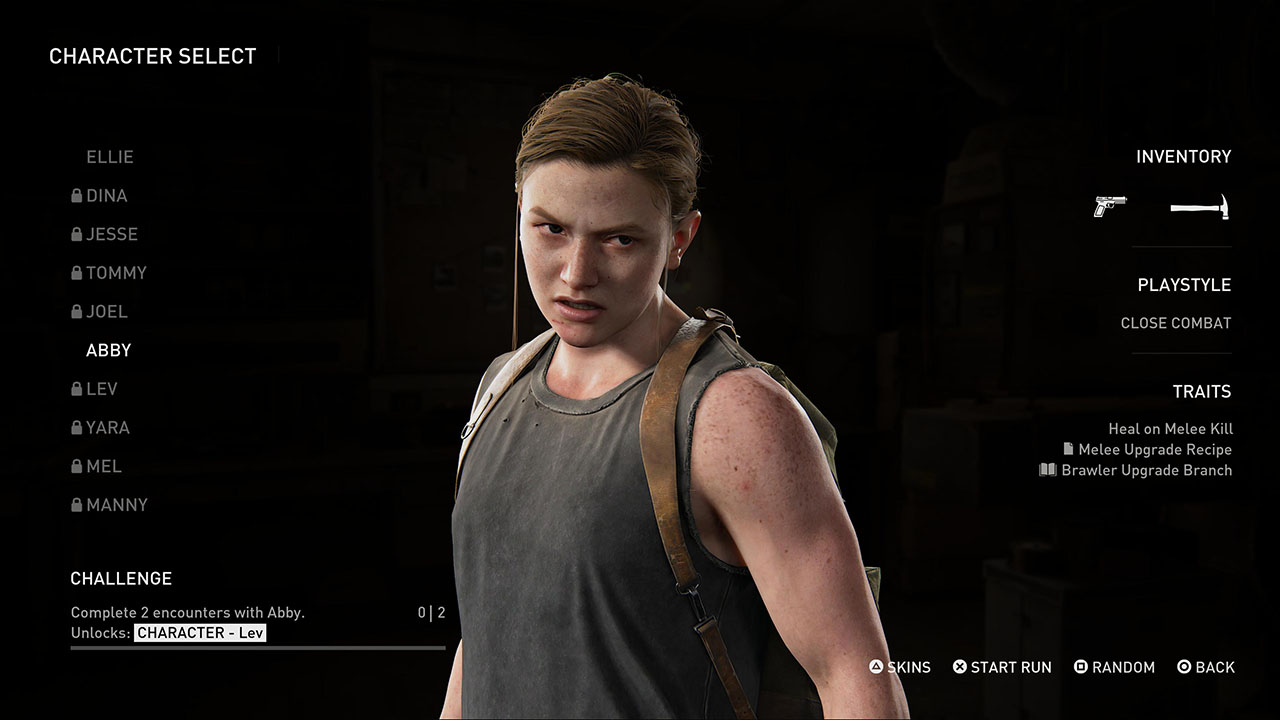
Abby and friends return in No Return
No Return is far and away one of the strangest things I’ve seen emerge from the AAA development scene. A technically sound but artistically fraught mode that takes the contemplative, impactful violence of The Last of Us and strips it of all context and meaning, offering the player an endless loop of faceless encounters, gameplay modifiers and perks. After choosing your character from a lineup of known faces (who doesn’t want to play a shooting gallery as the pregnant woman you killed in the story?), you’ll be dropped into a safe house and choose short missions from a corkboard. Each successful run, during which you’ll face a variety of enemy and encounter types, nets you crafting/upgrade materials, currency, and experience, which can in turn be used to unlock better weapons and stackable perks.
And it works. Other than some bizarre silent emptiness to the safehouse sections, No Return is made to order with signature Naughty Dog polish. In short, controlled bursts I found myself locked into this bastardised loop; rolling in with Abby and her penchant for melee attacks, I eventually nabbed a perk that healed me on melee hit and, paired with my upgraded crossbow and perked up awareness, lent me the ability to devastate small groups of Fireflies and Clickers. It was fun. And I hated it. The lasting impact of The Last of Us as both art and product in the modern video game landscape was ostensibly its relationship to violence, those who perpetrate it and how, if ever, we might stop doing so.
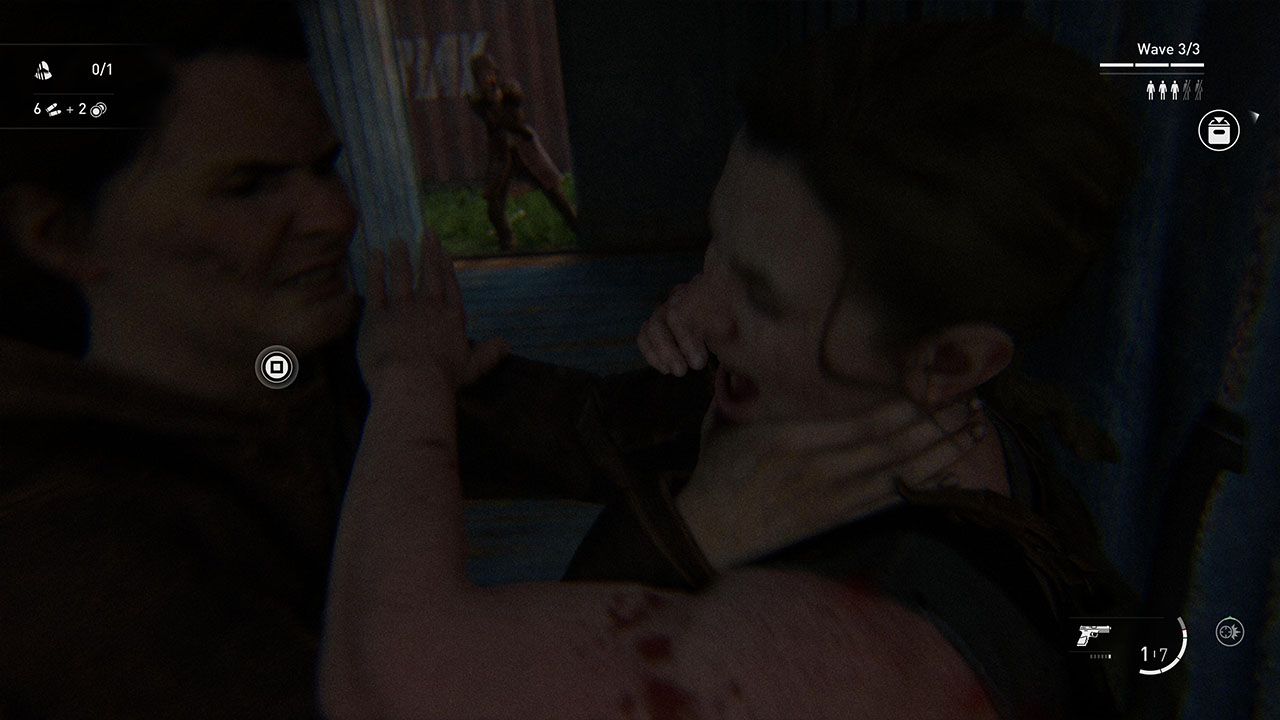
The violence of The Last of Us becomes abstracted and strange when used in No Return
Naughty Dog’s Neil Druckman has not been shy about the inspirations behind the game’s inception, an indulgence of vengeful fantasy born from his upbringing in the West Bank spun into grander musings on the cyclical nature of violence. It’s a perspective that the game is largely warped on in retrospect, Druckman’s understanding of such a cycle rooted in the ongoing, and recently escalated, conflict between Palestine and Israel that at the time of writing has left more than 22,000 Palestinians dead. Playing the game in 2024 there is a core cognitive dissonance between its ostensible message on the cruel futility of cyclical violence as inspired by real-world events and the, at least publically, expressed feelings of its creator. The Last of Us Part II is rooted in this violence and as such its ruminations and conclusions are going to be subject to scrutiny and interpretation.
Druckman is also not the only writer or indeed designer credited on the game of course. Co-writer Halley Gross, whom Druckman has credited with much of the queer intimacy presented in the game, has talked about bringing her own experiences with PTSD and womanhood into the game’s writing, using it as a vehicle to metaphorically explore trauma. In an industry that often likes to imagine major releases cleanly forming from one mind and pair of hands (as auteur or faceless development houses), Gross’ contributions, alongside the game’s relatively groundbreaking queer representation in the AAA space, remind me both why the game initially captured me the way it did, and how singular reads on collaborative works can remove us from certain aspects in pursuit of focusing on others. Still, Ellie’s queerness never existed in a vacuum and, as with the game’s conclusions on violence, it now sits antagonistically alongside the game’s inception points where specifically white queerness has become another tool in an ongoing dehumanisation campaign.
Regardless of inspiration, intent, collaboration or end result, The Last of Us Part II is fundamentally a study in violence and No Return’s core design principles are in overt conflict with its conclusions. You can imagine a world in which this additional content is spun up as a limp continuation of the cycles seen in the story, but the promotion of the mode, alongside its barebones, contextless presentation, speak only to something made in service of Product. To that end, it is functionally well-made, with tight systems and the promise of hours of additional content to play. To all others, it’s a nightmare.
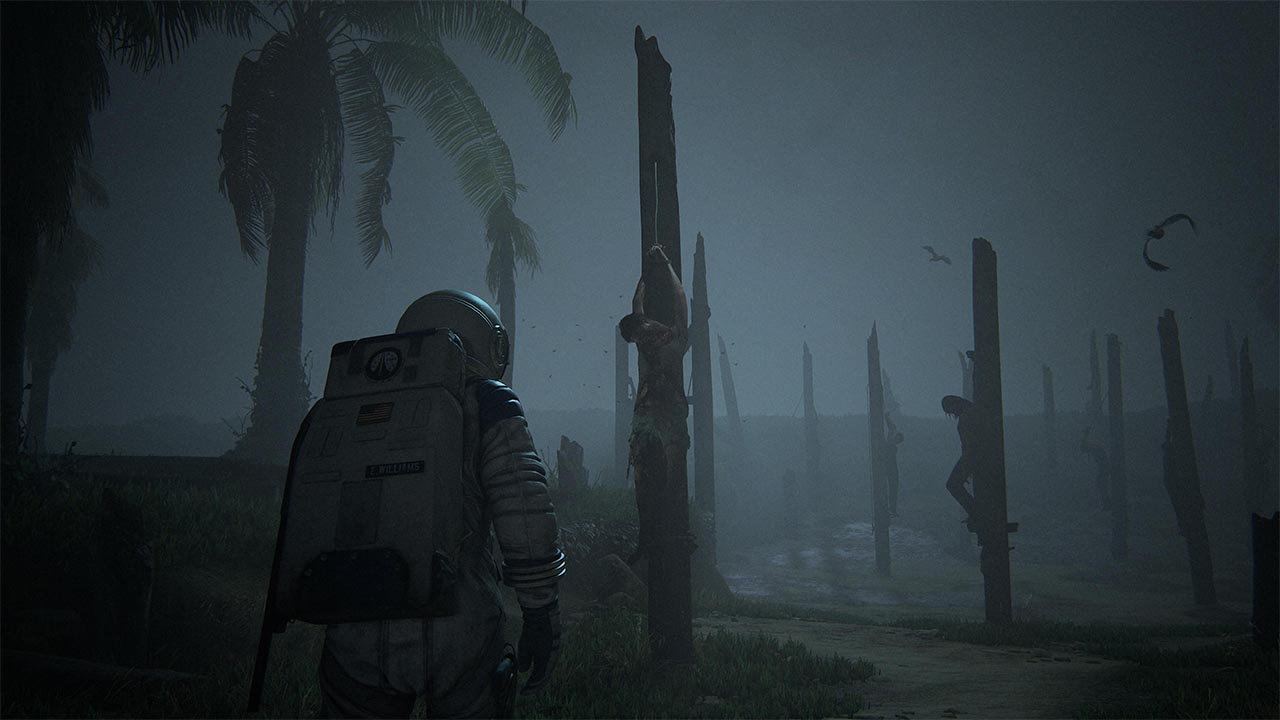
I don’t even know where to begin
The absurd zenith of these ruinous attempts to bolster the content on offer comes in the form of new costumes you can slap onto its characters during the main campaign. Using in game currency earned through No Return runs, you can unlock a bevy of modifiers for story mode, ranging from useful (one hit kills and improved stealth options feel like an organic extension of the game’s existing, and still fantastic, accessibility options) to aesthetic (different colour grading options, flipped level design) to the downright bizarre (put Ellie in a rainbow flag shirt, or Abby into one of several major PlayStation IP shirts). These are of course optional but there inclusion at all speaks to the intent of this product and its total disregard for authenticity. If you’ve ever wondered if the harrowing final hours of The Last of Us Part II could be improved by having Abby wear a Siren shirt and Ellie sport a full body astronaut suit, wonder no more.
Elsewhere, The Last of Us Part II Remastered pulls out of its tonal tailspin with some welcome insight into the making of the game itself. Across three playable levels you’ll be able to explore cut content in various stages of completion, as player-prompted commentary explains the hows and whys behind the moment at hand. It’s the kind of insight I wish more games, especially of this scale, would provide the player. Not only does it humanise the developers, it lets us inhabit a space explicitly designed to let us behind the curtain.
Final Thoughts
There’s a recurring debate had in video game media circles about our role as both product evaluators and art critics. When it comes to reviewing a title, which aspect of its release matters more to the reader, to the critic, the outlet? It’s a line every writer ultimately draws for themselves, a mercurial thing that may, and probably should, shift from time to time. In turn, this remaster is a messy little thing to reach a neat conclusion about, its polished systems and stellar presentation as undeniable as its ill-conceived additions and tonally dissonant riffs on the original game. The Last of Us Part II Remastered is a solid product and a disastrous work of art.
Reviewed on PS5 // Review code supplied by publisher
Click here for more information on WellPlayed’s review policy and ethics

- Naughty Dog
- Sony Interactive Entertainment
- PS5
- January 19, 2024



One part pretentious academic and one part goofy dickhead, James is often found defending strange games and frowning at the popular ones, but he's happy to play just about everything in between. An unbridled love for FromSoftware's pantheon, a keen eye for vibes first experiences, and an insistence on the Oxford comma have marked his time in the industry.





